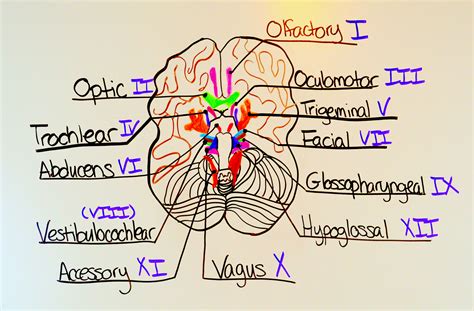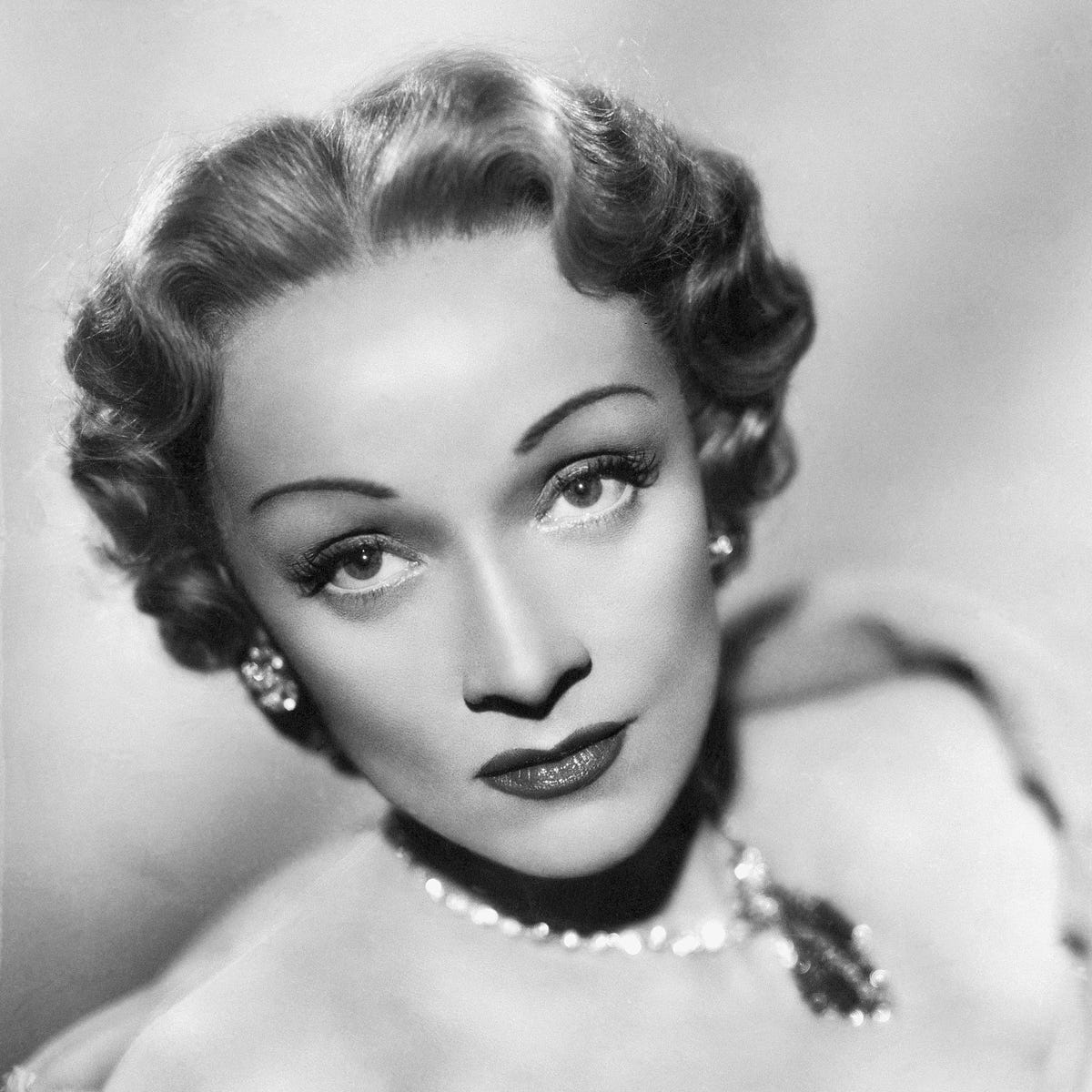How To Label Cranial Nerves? A Simple Guide

The human brain contains 12 pairs of cranial nerves that emerge directly from the brain and play a crucial role in controlling various functions of the body, including movement, sensation, and involuntary functions such as digestion and heart rate. Labeling these nerves can be a daunting task, especially for students of anatomy and neuroscience. However, with a simple and systematic approach, it becomes easier to identify and remember each cranial nerve.
To begin with, it’s essential to understand that each cranial nerve has a specific function, and they are numbered in a particular order. The names of the cranial nerves are often related to their function or the structure they innervate. Here’s a brief overview of the 12 cranial nerves and a simple guide to labeling them:
Olfactory Nerve (I): Responsible for transmitting sensory information related to smell from the nose to the brain. To remember this nerve, associate it with the sense of smell and the word “olfactory,” which means related to smell.
Optic Nerve (II): Transmits visual information from the eye to the brain. This nerve is easy to remember as it’s related to vision and the word “optic” refers to the eye.
Oculomotor Nerve (III): Controls most of the eye’s movements, including rotation of the eyeball, constriction of the pupil, and holding the eyelid open. The term “oculo” refers to the eye, and “motor” indicates its role in movement.
Trochlear Nerve (IV): Also involved in eye movement, specifically controlling the superior oblique muscle of the eye. This is the thinnest cranial nerve and has the longest intracranial course.
Trigeminal Nerve (V): A complex nerve with three main divisions (ophthalmic, maxillary, and mandibular) that provide sensation to the face and control the muscles of mastication (chewing). The name “trigeminal” comes from the Latin word for triplet, reflecting its three branches.
Abducens Nerve (VI): Responsible for controlling the lateral rectus muscle, which abducts the eyeball (moves it away from the midline of the body). The name “abducens” refers to its function of abduction.
Facial Nerve (VII): Controls the muscles of facial expression, carries taste sensations from the anterior two-thirds of the tongue, and supplies preganglionic parasympathetic fibers to several head and neck ganglia. The name is straightforward, as it relates to the face.
Vestibulocochlear Nerve (VIII): Transmits sound and equilibrium (balance) information from the inner ear to the brain. The terms “vestibulo” and “cochlear” refer to parts of the inner ear involved in balance and hearing, respectively.
Glossopharyngeal Nerve (IX): Involved in swallowing and tasting, as well as supplying the parasympathetic innervation to the parotid gland. The name “glossopharyngeal” comes from the Greek words for tongue and pharynx, areas it serves.
Vagus Nerve (X): The most complex cranial nerve, with a wide range of functions including control of the muscles of the larynx and pharynx for speech and swallowing, regulation of the heart rate, and innervation of the digestive tract. The name “vagus” means wanderer in Latin, reflecting its wide distribution.
Spinal Accessory Nerve (XI): Unique because it has a spinal root; it supplies motor fibers to the sternocleidomastoid and trapezius muscles, which are involved in movements of the head and neck. The name “accessory” indicates its role as an additional nerve to the spinal cord.
Hypoglossal Nerve (XII): Controls the muscles of the tongue. The name “hypoglossal” refers to its location under the tongue and its role in tongue movement.
A simple mnemonic to remember the first letter of each cranial nerve in order is “On Old Olympus’ Towering Tops, A Finn And German Viewed Some Hops.” Each word corresponds to the first letter of each cranial nerve in sequence: Olfactory, Optic, Oculomotor, Trochlear, Trigeminal, Abducens, Facial, Vestibulocochlear, Glossopharyngeal, Vagus, Spinal Accessory, Hypoglossal.
By using this mnemonic or creating your own, along with understanding the functions and names of the cranial nerves, labeling them becomes a manageable task. It’s also helpful to visualize or draw the pathways and areas of innervation for each nerve to reinforce your understanding of their roles in the body.


